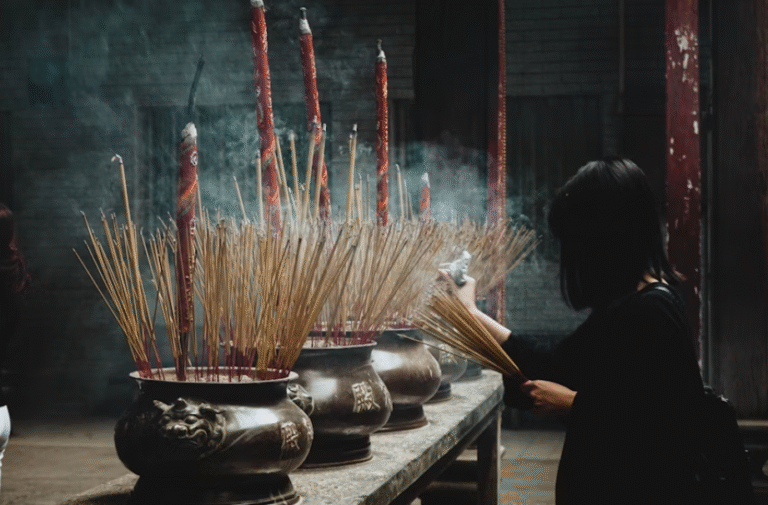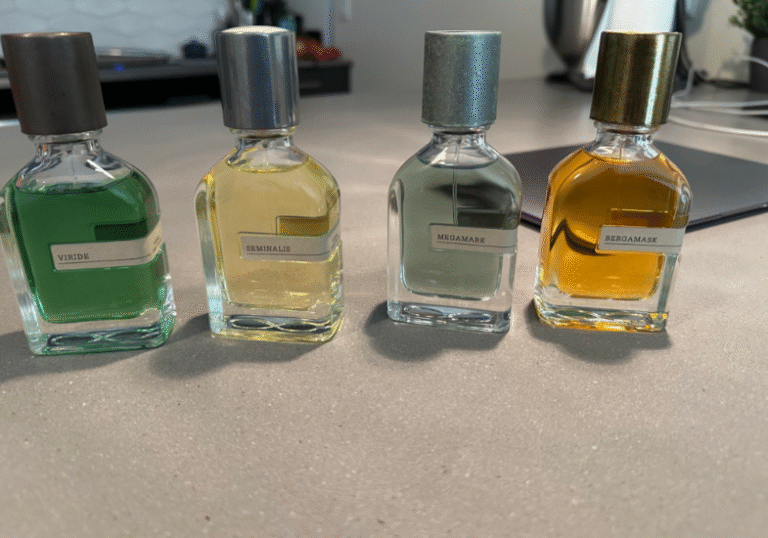Benefits of Native Plants in Landscaping
Native plants are an increasingly popular choice for homeowners looking to create attractive, sustainable, and low-maintenance landscapes. These plants naturally adapt to the local climate, soil, and ecosystem, making them well-suited to thrive with minimal intervention. For those investing in landscaping in Johns Creek, using native plants can offer long-term advantages in both aesthetics and performance. From supporting local wildlife to reducing irrigation demands, the benefits extend far beyond curb appeal.
Enhanced Resilience and Low Maintenance
Native plants are naturally resilient to regional conditions. They have evolved over centuries to survive in local weather patterns, resist pests, and thrive in the soil profile specific to the region. As a result, they require less water, fewer chemical treatments, and minimal fertilization. This makes them an excellent choice for sustainable landscaping practices that support long-term growth without excessive upkeep.
Choosing the right plant species starts with understanding your yard’s environment. Before introducing native species, it’s important to assess your lawn’s foundation. Knowing the different types of grass and their growth patterns can ensure seamless integration of native plants with your existing lawn. Blending grass and native flora creates a cohesive, hardy landscape that supports overall soil health and moisture retention.
Boosting Local Biodiversity
A major ecological benefit of native plants is their ability to support local biodiversity. Native flowers, shrubs, and grasses provide essential food and shelter for pollinators like bees, butterflies, and birds. When landscapes incorporate native varieties, they function as microhabitats, promoting balanced ecosystems within suburban neighborhoods.
This biodiversity boost is especially valuable in areas facing habitat loss from ongoing development. Residential landscaping becomes a tool for environmental restoration. The plants also offer seasonal variation, giving your yard color and life throughout the year without relying on imported or artificial elements.
Soil Health and Erosion Control
Healthy soil is the foundation of any successful landscape. Native plants improve soil quality by establishing deep, strong root systems that stabilize the ground and reduce runoff. This is particularly useful on sloped or erosion-prone properties. Their roots also support microbial activity in the soil, helping to break down organic matter and recycle nutrients naturally.
The structure and strength of native root systems are crucial in preventing soil compaction and water pooling. These characteristics align well with strategic backyard enhancements. Incorporating backyard landscaping hacks that prioritize native plant use can lead to stronger soil, better drainage, and improved plant longevity across your property.
Cost-Efficiency and Long-Term Value
Though native plants may have a slightly higher initial investment than generic nursery options, their long-term cost savings are significant. Reduced watering needs, fewer pest control measures, and minimal fertilization all translate into lower maintenance expenses over time. Moreover, native plants tend to live longer and maintain their visual appeal with less pruning or care.
Landscapes designed with native species often require fewer redesigns or plant replacements, maintaining their structure and appeal for years. This durability offers excellent return on investment, especially for homeowners looking to increase property value with a landscape that stays healthy without intensive management.
Conclusion
Native plants are a strategic asset in modern landscaping. They offer durability, environmental support, aesthetic diversity, and low maintenance, all critical traits for sustainable outdoor design. From improving landscaping projects to reducing irrigation costs and boosting biodiversity, the use of native species is a smart and professional solution for property owners aiming for long-term landscape success.






